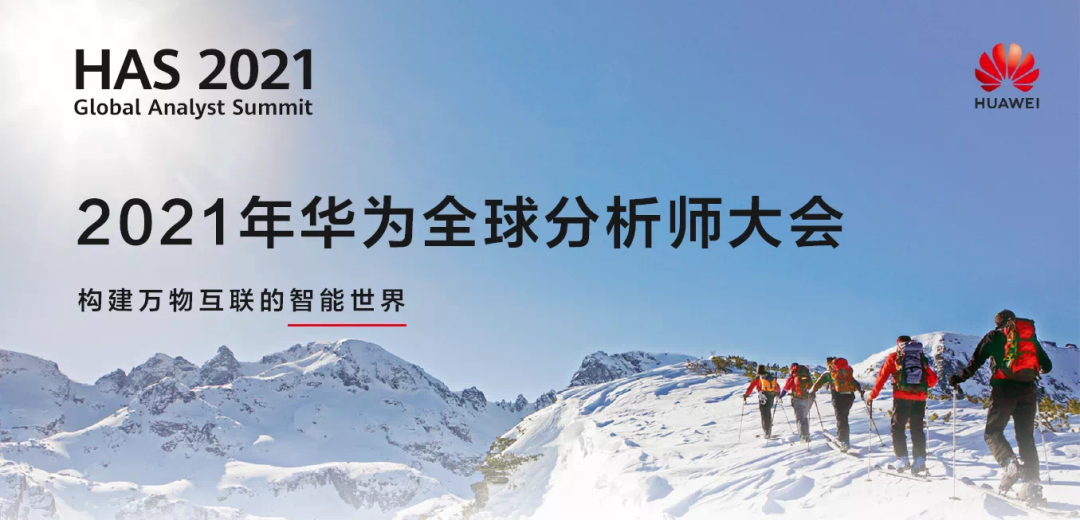*This article is reproduced from the autocarweekly public account.
Author: Jiang Xiaohua
A few days ago, Brother Hua attended Huawei’s annual international analyst conference for the first time on site in Shenzhen. It was the same event where Huawei’s rotating chairman Xu Zhijun said last year, when Huawei was hit hard by sanctions, that Huawei’s top priority was to survive, so that it could still release financial reports and hold the conference next year.
During the conference, Mr. Xu gave a 60-minute speech, and the colleagues from Huawei’s automotive business unit (BU) opened their phones and timed him with a stopwatch. It took him a full 25 minutes to talk about the automotive industry. In the follow-up hour-long interview, apart from the questions from journalists around the world related to their respective countries and regions, the automotive topics took up more than half of the discussion.
After receiving the intelligence about the most important Shanghai Auto Show that Huawei’s automotive BU has ever attended since its establishment, Wang Jun, the person in charge, immediately became full of energy (ylsd). After all, compared to Xiaomi, which claims not to make cars but will invest 1 billion US dollars in the next fiscal year, and initially pledged to invest 10 billion RMB in making cars ‘all in’, the investment of Huawei is still greater.
Xu Zhijun and Yu Chengdong have always been the most media-friendly friends of Huawei, and this role usually also plays a nightmare for their PR. Li Shufu, Wang Chuanfu later, and Elon Musk now, have all been like this. This is probably one of the reasons why Huawei can reach a consensus that it will not make cars from top to bottom. After all, the PR level required for putting a small logo in the car and hanging a big logo on the front of the car is different.
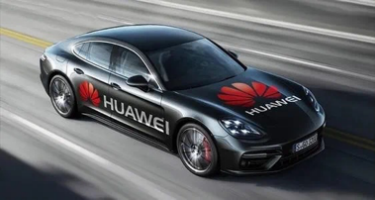
However, even so, Huawei is still seen by the industry, the media, and the public as the most visible and undeniable disruptor in the automotive industry so far. The most vivid proof is that there are really not many people outside who believe that Huawei will not make cars.
So far, the soul-question of whether Huawei will make cars has almost drowned out all other information about Huawei’s automotive BU, even though the big news that it will have the first full-featured laser radar configuration, in cooperation with JIMU under BAIC Group, and its co-branded models with level-4 support will hit the market soon. Once the press release was sent out and spread in various groups, it was instantly turned into speculations about whether Huawei will make cars or not.
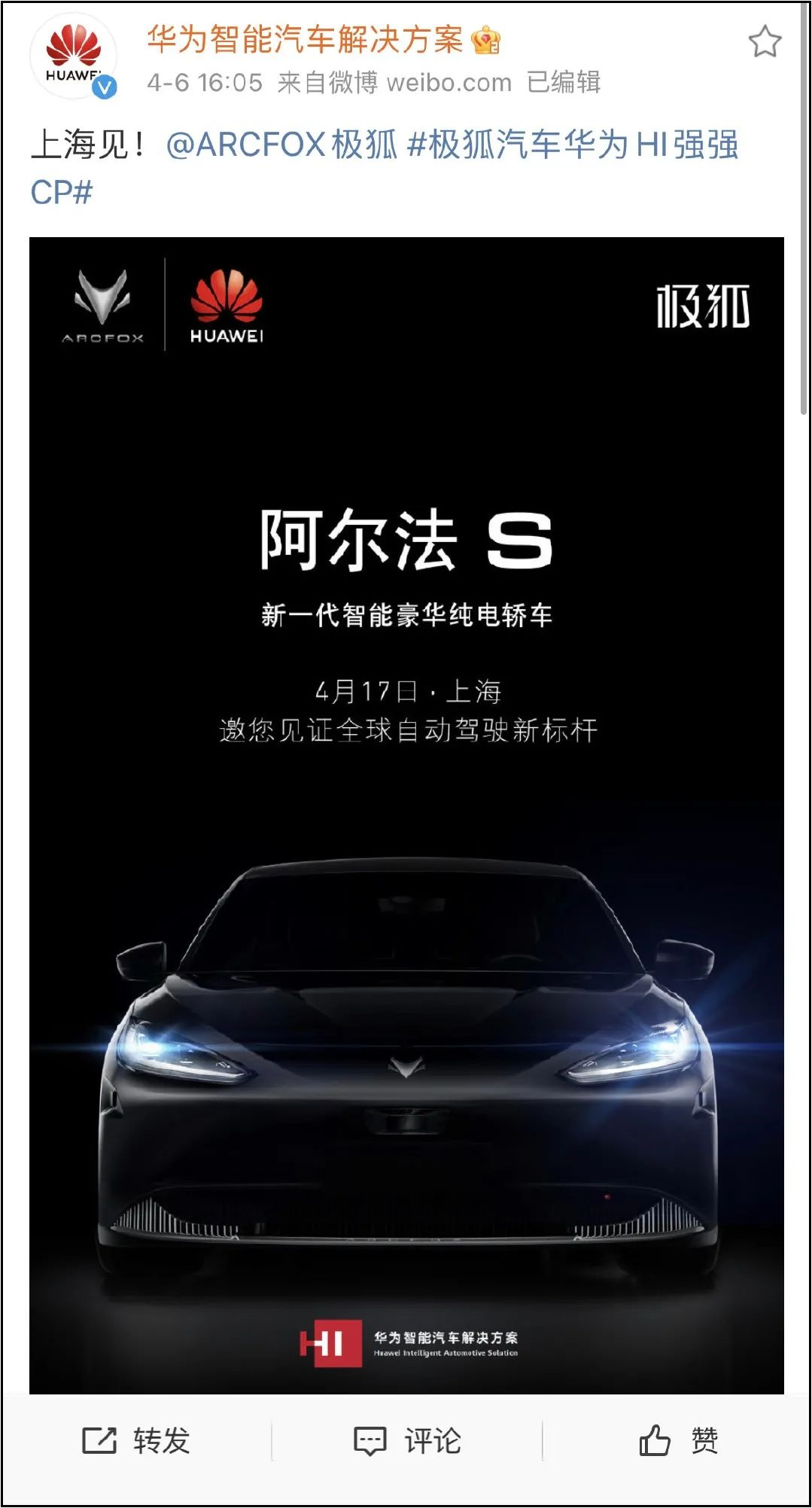 Without surprises, the first question that Xu Zhijun answered is whether Huawei will personally get into the car industry or not. Also without surprises, Xu Zhijun reiterated Huawei’s position of not making cars in a thousand words or so. After Xu Zhijun’s response, within an hour, various industry groups were once again filled with disbelief that Huawei is not making cars and speculation that Huawei is already making cars. The most gentle expression is also a joke that Huawei really doesn’t make cars, but it has created three sub-brands in one breath.
Without surprises, the first question that Xu Zhijun answered is whether Huawei will personally get into the car industry or not. Also without surprises, Xu Zhijun reiterated Huawei’s position of not making cars in a thousand words or so. After Xu Zhijun’s response, within an hour, various industry groups were once again filled with disbelief that Huawei is not making cars and speculation that Huawei is already making cars. The most gentle expression is also a joke that Huawei really doesn’t make cars, but it has created three sub-brands in one breath.
If Huawei doesn’t make cars, and Xiaomi was fooled by a master designer from Mi ECOSYSTEM, it’s also a marketing talk, but the marketing effect is much better for Huawei. On one side, there is a week-long ridicule and a large number of marketing praises from marketing accounts. On the other side, everyone has been watching it closely for two years. It seems that as long as Huawei doesn’t make cars, this matter cannot be considered as finished.
From the perspective of a spectator, everything that was said about Huawei cars at the Huawei Analyst Conference is reiterating that they really don’t make cars.
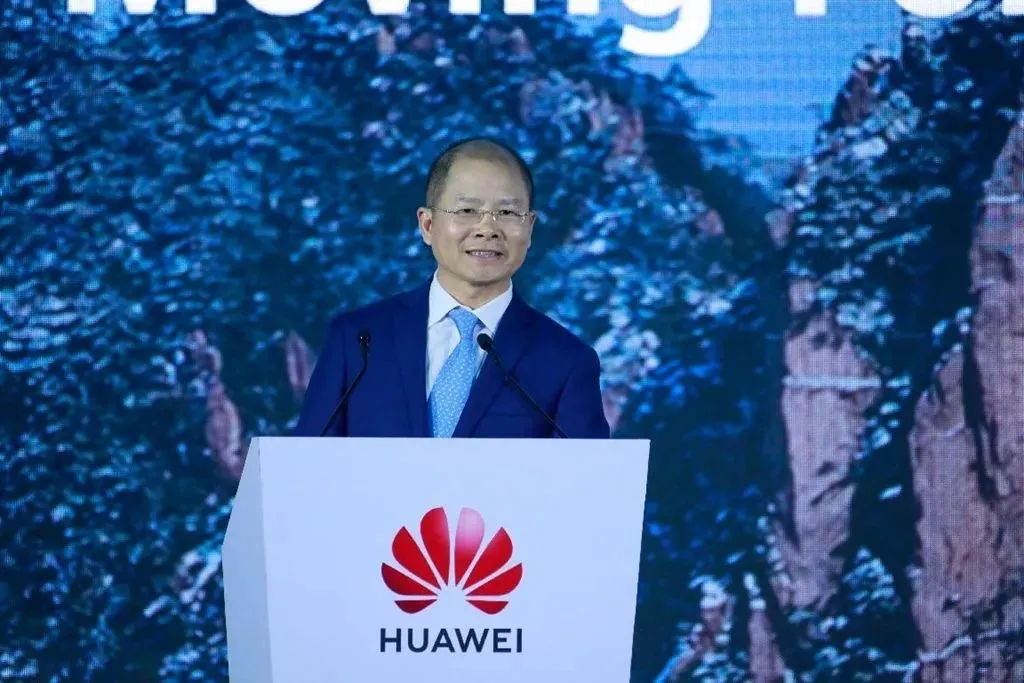
#
I believe that Huawei is not making cars. At least, we should not see Huawei-branded cars on the road within five years. Due to the overly obscure wording of technology companies and the inconsistent context with the familiar “user” context in the automotive industry, Huawei has to speak very carefully now. Therefore, Hu Xiaogang dares to come and provide a translation of the key information for everyone. To note, the following information comes from Little Xu’s statement, combined with Huawei’s current situation and corporate characteristics, as well as the information gathered from the community, and is translated independently by me. It does not represent Little Xu’s personal views.
Huawei is really choosing not to make cars, not just being flirtatious with the whole country. There are one hundred reasons. Here are a few of the most important ones.
Huawei is not making Huawei-branded cars, but this is currently the only boundary that Huawei promises.
Xiaoxu’s original words were that Huawei’s goals in the automotive industry are to add new parts supply.
The so-called new parts are the intelligent parts needed for the new cars with intelligence as the direction, including computational power, electronic systems, operating systems, intelligent cockpit, intelligent powertrain, intelligent three-electric management (excluding batteries), sensing systems represented by lidar, cloud and operating systems, software, artificial intelligence-related parts…
From this scope, Huawei’s newly added parts include things that have never been on cars before, and things that have been on cars but will be intelligent. For example, in the future, if tires need to be intelligent and meet certain conditions, Huawei will have to provide solutions, but Huawei will not make rubber products. If one day car doors and glass need to become a human-machine interface, then Huawei will definitely have to lead in technology, but Huawei will definitely not refine steel or blow glass.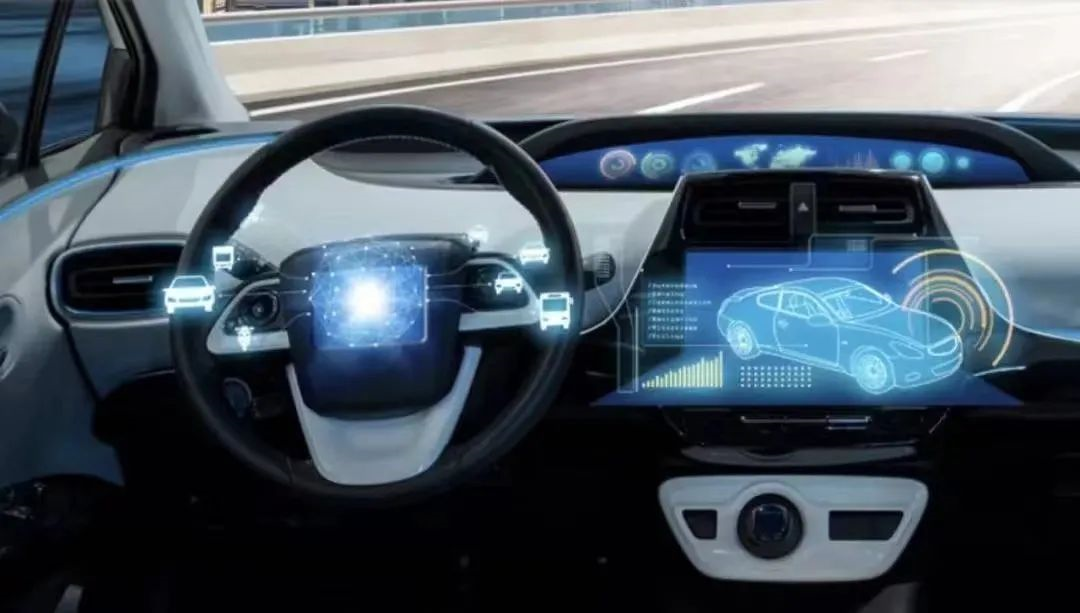
In addition to being responsible for the technology and product business unit (BU) in the automotive industry, Huawei has recently reached out to struggling car companies suffering from homogeneous marketing strategies to leverage its killer feature from the consumer business group (BG) to help them sell cars. Previously, Huawei was hesitant about this strategy, but now it has come to terms with it. After all, since the logo is on the car, it will eventually be sold.
The consumer BG may also have an additional function, which is to invest in the automotive industry, or even a complete car company. However, regardless of who is invested in, they will not invest in a Huawei-branded car. This is the limit of Huawei’s involvement.
In fact, this strategy has put Huawei’s entry into the automotive industry in its strongest rhythm, and I call it “To B To C”. This means reaching C through B. To put it in financial terms, it’s about using B76’s money to do C’s work first, and then figuring out how to make C money, whether it’s by themselves or with B together.
This way, Huawei has almost no absolute boundary in technical development, product development, and capital behavior. The financial chain of the business model is relatively simple and efficient, while still retaining the direct channel of operating users.

Our company at this level hasn’t really gotten into the game yet.
Mr. Xu’s original voice recording was played back, and everyone thought, “We have technology and brand. Why can’t we make cars?” Even Xiaomi is making cars now, right?
Here we should give a pat on the back to Lei Jun, who just all in and was tricked by the Japanese design master out of two million. In theory, Huawei, Xiaomi, and just-fined LeTV have similar company types, and they are not in the same league as BAT when it comes to car manufacturing.
However, for companies like Huawei, the core of intelligent electrification for the automotive industry is communication technology. As the center, the recognized ultimate goal of this round of industrial transformation is autonomous driving, which is a completely new industry based on communication technology, followed by software and artificial intelligence. This is unrelated to the communication environment as a whole, even if there is no 5G or 5.5G. The realization of autonomous driving is based on the underlying communication technology.
Huawei does communication technology. It is commonly known as ICT. Su Jing, head of Huawei’s automatic driving system (ADS) department, once said that Tesla is a good car, but its ICT technology is too basic.
 When Mr. Xu mentioned Xiaomi, it seems like he also expressed that companies like Huawei have many products to offer, even if they don’t make cars. If Xiaomi doesn’t make cars themselves, how else can they participate in the capital-intensive auto industry?
When Mr. Xu mentioned Xiaomi, it seems like he also expressed that companies like Huawei have many products to offer, even if they don’t make cars. If Xiaomi doesn’t make cars themselves, how else can they participate in the capital-intensive auto industry?
Speaking of top ICT companies, they don’t seem to be in a rush. Have Apple and Google announced any schedules, despite long-standing rumors? Even DJI just took a few steps back. When to make cars, how to make them, and whether to make them or not, there’s no conclusion yet.
Capital? Our companies are capital ourselves, so don’t compare us with companies like Apple and Huawei who can throw billions of dollars around. Even if Huawei is in trouble now, it is not our way of thinking.
“You don’t have to worry about Rising Wind stopping. The wind that can blow you away is not the kind we rely on.”
You probably don’t understand the difficulty that Huawei is facing.
Mr. Xu said that last year, our top priority was to survive. The top priority this year is still to survive.
As things stand now, people will probably still be asking this question next year, and the answer is likely to be the same.
Chairman Mao taught us that in the most difficult times, there are two things to do: first, unite our thoughts and work together; second, externally unite all available forces.
For Huawei, following Tesla’s dictatorial approach to making cars is neither necessary nor good for the overall situation. Whether we can do it or not will first cause unlimited speculation from Huawei’s friends at home and abroad. Hasn’t this humble and cautious attitude already been recognized as the industry’s top leadership?
Of course, the auto industry is a long-term industry, but for Huawei, the current auto industry is both a distant dream and a near need.
Mr. Xu has calculated that, although Huawei is forever concerned with everything, the more realistic goal for Huawei’s auto business, based on domestic data, is to strive for an average business share of about RMB 10,000 per car.
This RMB 300 billion share should be able to solve the urgent need for water in the industry. If it weren’t for the urgent need for water, Huawei would be like Apple and Google, spending more and more money on research to make a big splash. After all, the logic of companies like Apple is that the smart electrification of the paths and the other side that are exploding on the market today are still not clear enough and too traditional.
Now it’s too expensive to make cars.
The current expensive thing is the chip. Mr. Xu judged from Huawei’s perspective on the chip shortage. Regardless of other factors, the core reason for the chip shortage is that many companies have raised their uncertain expectations of chip supply, so an industry that never stocks up is now stocking up at any sign of movement.The result is that TSMC has announced a price increase, which means that the entire industry chain will definitely raise prices, resulting in increased costs for consumer electronics, including automobiles. For Huawei, chips are especially precious.
Another factor that is costly is security. One of the development logics of smart cars is to rely more on communication and artificial intelligence to reduce the possibility of collisions. When I previously chatted with Geely Automobile’s new CEO, Gan Jiayue, he also mentioned that if intelligence is highly developed and regulations follow suit, the safety cost of cars themselves will be greatly reduced.
However, this is an “if.” In fact, at this stage, the confidence index of consumers in the safety of smart electric cars is still comparable to the late stage of horse-drawn carriage era, when cars first appeared on the scene last year, their confidence had a trend of explosion, but this year a wave of Tesla public opinion has brought them down by a large margin.
This has led Tesla from Musk to Tao Lin to change their previous attitude, and to extend the olive branch of “Congratulations, dear friend, our common enemy is fuel cars!” – Isn’t this the right channel?
Anyway, if you now tell users that your car is so smart that it will never crash, so we don’t need things like high-strength steel for passive safety. Then your result is probably just one word: Get out!
Not only will users look at you like an idiot, but current regulations will as well. The current requirements of users are that since once something goes wrong with intelligence, it will lead to a big problem, so you have to make passive safety seamless. To some extent, the dilemma that Tesla is facing is caused by this line of thinking.
Looking at Huawei’s business direction of adding new components and offering a complete smart solution, the total cost amounts to about one-third of the cost of a new car. Although the cost of batteries has declined, it is still far from the level of being cheap. Therefore, it is probably the time when the manufacturing cost of cars is highest after the arrival of mass production, assuming that you are really producing true smart electric vehicles.
So why does Mr. Hua think that it is relatively safe to have a five-year time limit for the station platform?Firstly, Huawei is currently facing a critical situation and it may take about five years for it to form a clear final outcome. Based on the current situation, the darkness ahead is not too dark, and we can expect to see Huawei reach its peak sanction in one or two years, provided that everything does not get worse. Whether it is through a world harmony or by relying on its own scientific and technical breakthroughs, it will be difficult to achieve clarity in less than five years.
Therefore, the near-term strategy should be the main focus of Huawei’s automotive business.
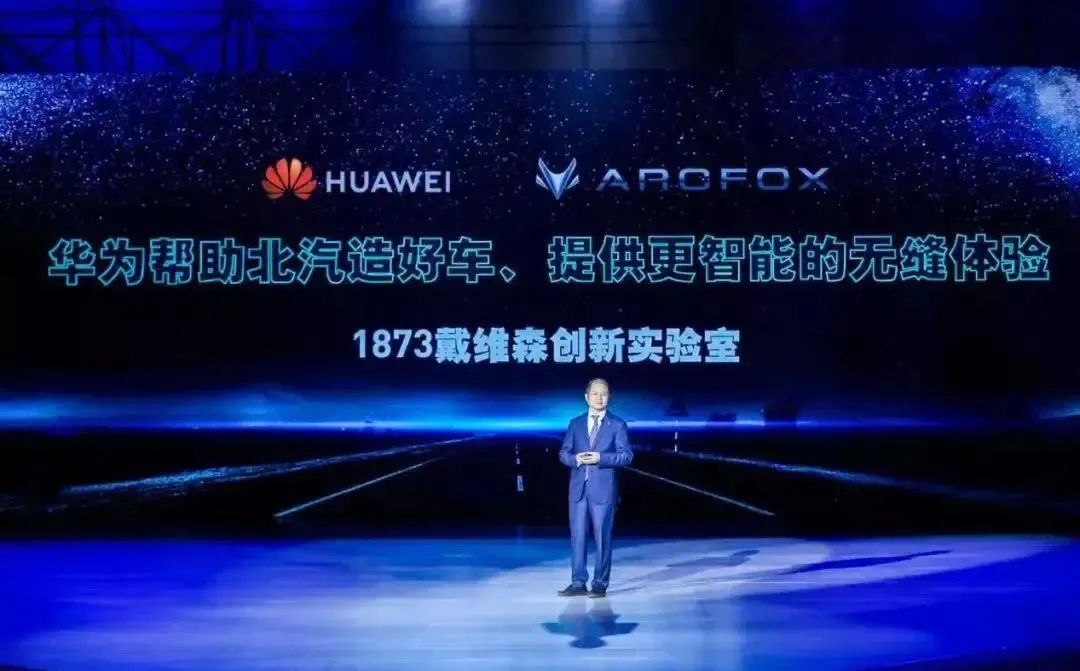
In addition, for the three full-stack solution partners announced so far, namely, XPeng, Changan, and GAC, the schedule for product landing has already been pushed back to 2025. If the development of these three projects can be consistent with Huawei’s expectations, it will mean that Huawei’s “Catfish Plan” is successful in helping all car makers build “good cars” and achieving the vision of making “good” cars.
Although it is challenging, with the full support of Huawei’s two business units, achieving successful development stages is foreseeable as long as car makers are not too slow.
Of course, the core lies in the positive outlook on the speed of technology and product experience upgrades at Huawei. Looking at Huawei’s smartphones, some may feel that the Mate experience is still not good enough from Apple’s perspective, but it is not. Huawei’s commitment to product realization and unexpectedness is high. Therefore, I am looking forward to the launch of XPeng’s autonomous driving system that can maintain 1,000 kilometers without human intervention in urban areas.
As for whether Huawei will make cars in five years, the key lies in the two aspects mentioned above. First, whether Huawei faces a situation and has a internal state that allows it to be as bold as it was when it entered the smartphone market. Second, whether the user data and operations between Huawei Cloud and HarmonyOS-based car makers can be smoothly interconnected as Huawei envisioned, similar to the Android model.
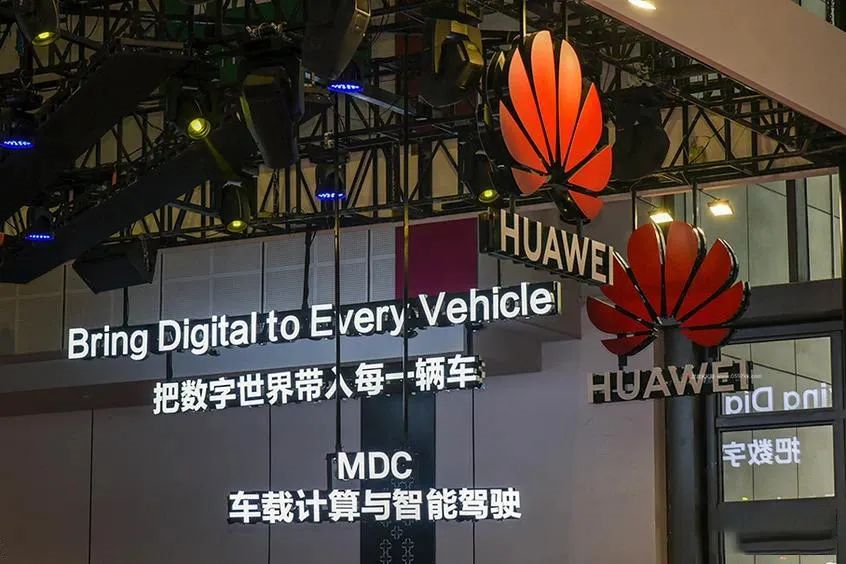
If the To B to C approach cannot efficiently reach the C end and Huawei cannot efficiently operate user data, then Huawei’s venture into making cars will just be a matter of time. After all, having solved the near-term issue, Huawei will certainly focus on the future of the automotive industry.
Therefore, I sincerely wish that the car companies cooperating with Huawei can be trained to the same frequency by Huawei in terms of efficiency. In that case, the Chinese automotive industry will truly overtake on a curve.
#
Okay, I admit that I borrowed Xiaomi’s name for the sake of rhyme in the title this time. Let’s be generous and give some belated compliments to Xiaomi at the end.Although Xu Zhijun made a veiled joke about Xiaomi’s car during an analyst conference, I am still very excited about Lei Jun’s all-in. Xiaomi is a company that is good at providing innovative products that truly represent user demand and can always achieve a better experience at a lower price. This is why Lei Jun’s voice is so loud and pleasant when it comes to making cars. The CEOs of the whole vehicle companies, who represent the value of putting user logic in service rather than enterprise-based protocols, are envious.
So far, what I am most dissatisfied with Xiaomi’s car is not the cute logo design, nor the suspected stock price management operations that seem to have only revealed the “all in” strategy, but Lei Jun’s suggestion in several occasions that Xiaomi’s first car will be priced at two to three hundred thousand yuan, or at least over one hundred thousand yuan.
Regarding this matter, I really want to follow in the footsteps of Sister Dong Mingzhu and bet ten billion with Lei Jun. However, even if I win, I cannot invest in something I don’t have. Morality is very important.
In my opinion, Xiaomi’s first car will definitely not exceed one hundred thousand yuan, and it may not even exceed sixty thousand yuan.
At the same time, this car will definitely look like it costs more than ten or even two to three hundred thousand yuan.
If it exceeds one hundred thousand yuan, then it will not be Xiaomi, but “big rice”; if it tops thirty thousand yuan, it will be pure natural non-genetically modified rice grown in imported farms. Judging from Lei Jun’s all-in attitude, Xiaomi will definitely operate its car business according to its inherent logic and will focus on Xiaomi’s most confident user population. The sales logic of Chinese cars will definitely be refreshed starting from Xiaomi’s car, just like television sets, air purifiers, and smart home systems.
If Xiaomi’s first car is set at a price exceeding one hundred thousand yuan, I, Hua, will announce here that I will only drive Xiaomi cars for the rest of my life, and if I can afford it, I will buy one and replace it.
At the end of the article, I can reveal that this year’s Shanghai Auto Show is probably the most exciting one in the history of the China Association of Automobile Manufacturers’ auto shows. With the start of the second half of the new car manufacturing industry, the future that can be seen with the naked eye has arrived. Our industry will become the coolest industry with the most money, scientists, and analysts.
This article is a translation by ChatGPT of a Chinese report from 42HOW. If you have any questions about it, please email bd@42how.com.
